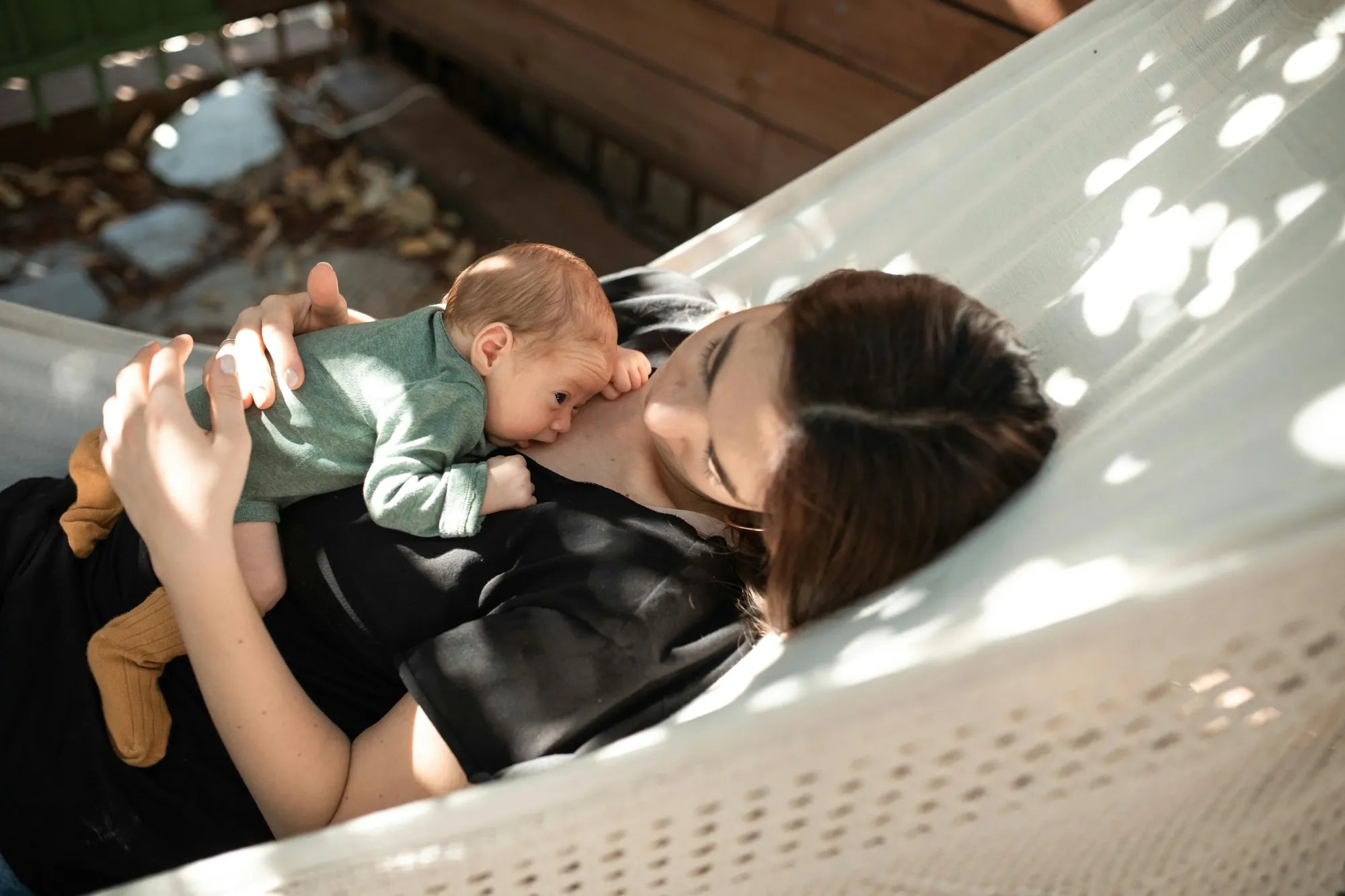Startseite
Pregnancy, Breastfeeding, and Pumping: The Ultimate Guide for Moms
Does Pumped Breast Milk Need to Be Refrigerated? Essential Storage Tips

Does Pumped Breast Milk Need to Be Refrigerated? Essential Storage Tips
For new parents, understanding how to properly store pumped breast milk is crucial for ensuring the health and safety of their baby. One of the most common questions is whether pumped breast milk needs to be refrigerated. The answer depends on several factors, including how soon you plan to use it and the temperature of your environment. This article will provide a comprehensive guide to storing pumped breast milk safely and effectively.
Why Proper Storage of Pumped Breast Milk Matters
Breast milk is a living substance packed with nutrients, antibodies, and enzymes that are essential for your baby's growth and development. However, improper storage can lead to bacterial growth, which can compromise the milk's quality and safety. Knowing the correct storage methods ensures that your baby receives the full benefits of breast milk without any risks.
Does Pumped Breast Milk Need to Be Refrigerated?
The short answer is yes, pumped breast milk generally needs to be refrigerated if it is not going to be used immediately. However, there are some exceptions and specific guidelines to follow:
Room Temperature Storage
Freshly pumped breast milk can be kept at room temperature for a short period. According to experts, breast milk can safely remain at room temperature (up to 77°F or 25°C) for about 4 hours. If the room is warmer, this time frame decreases significantly. Always use a clean, covered container to store the milk and avoid exposing it to direct sunlight or heat sources.
Refrigeration Guidelines
If you plan to use the milk within a few days, refrigeration is the best option. Pumped breast milk can be stored in the refrigerator (at 40°F or 4°C) for up to 4 days. Place the milk in the back of the fridge, where the temperature is most consistent. Use airtight containers or breast milk storage bags designed for this purpose to prevent contamination.
Freezing Breast Milk
For longer storage, freezing is an excellent option. Pumped breast milk can be stored in a standard freezer (at 0°F or -18°C) for up to 6 months, and in a deep freezer for up to 12 months. When freezing, leave some space at the top of the container, as breast milk expands when frozen. Label each container with the date to ensure you use the oldest milk first.
Tips for Safe Handling of Pumped Breast Milk
Proper storage is just one part of the equation. Safe handling practices are equally important to maintain the quality of pumped breast milk. Here are some tips to keep in mind:
Cleanliness is Key
Always wash your hands thoroughly before expressing or handling breast milk. Ensure that all pumping equipment and storage containers are clean and sterilized to prevent contamination.
Avoid Mixing Temperatures
Do not mix freshly pumped warm milk with already refrigerated or frozen milk. Cool the fresh milk in the refrigerator first before combining it with colder milk to maintain a consistent temperature.
Thawing Frozen Breast Milk
When thawing frozen breast milk, do so gradually by placing it in the refrigerator overnight or running it under lukewarm water. Avoid using a microwave, as it can create hot spots that may burn your baby's mouth and destroy valuable nutrients.
Signs That Breast Milk Has Gone Bad
Even with proper storage, it's important to know how to identify spoiled breast milk. Signs include a sour or rancid smell, a change in color, or a clumpy texture. If you notice any of these signs, discard the milk immediately to avoid potential health risks for your baby.
Traveling with Pumped Breast Milk
If you need to transport pumped breast milk, use an insulated cooler bag with ice packs to keep it cold. Breast milk can stay fresh in a cooler for up to 24 hours, making it a convenient option for short trips or outings.
Final Thoughts on Storing Pumped Breast Milk
Understanding how to store pumped breast milk properly is essential for every breastfeeding parent. By following these guidelines, you can ensure that your baby receives the best nutrition possible while minimizing the risk of contamination. Whether you're storing milk at room temperature, in the refrigerator, or in the freezer, always prioritize cleanliness and proper handling to keep your baby safe and healthy.
Teilen


